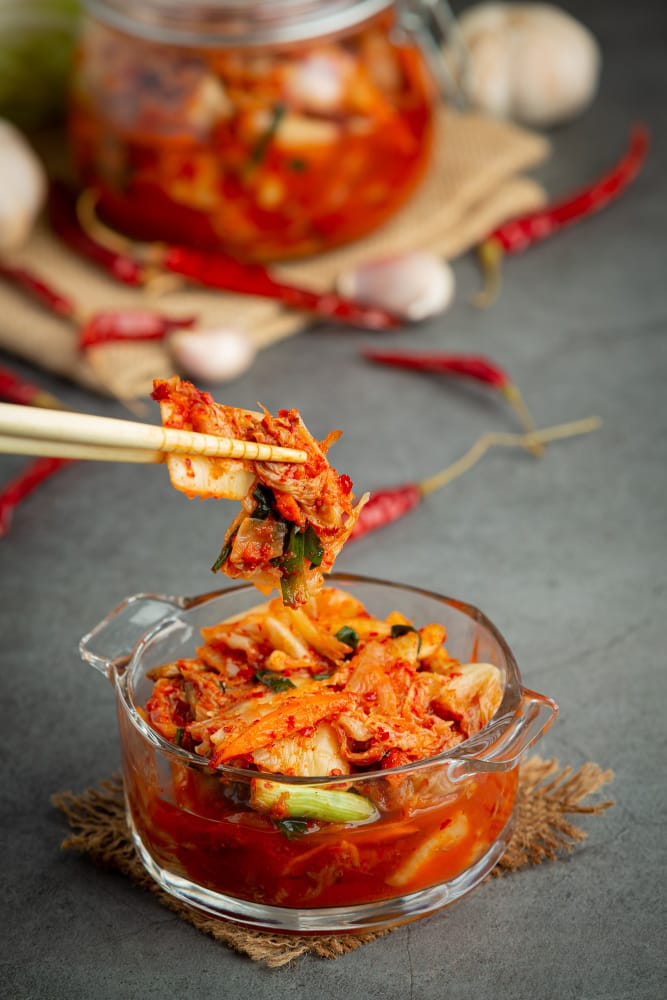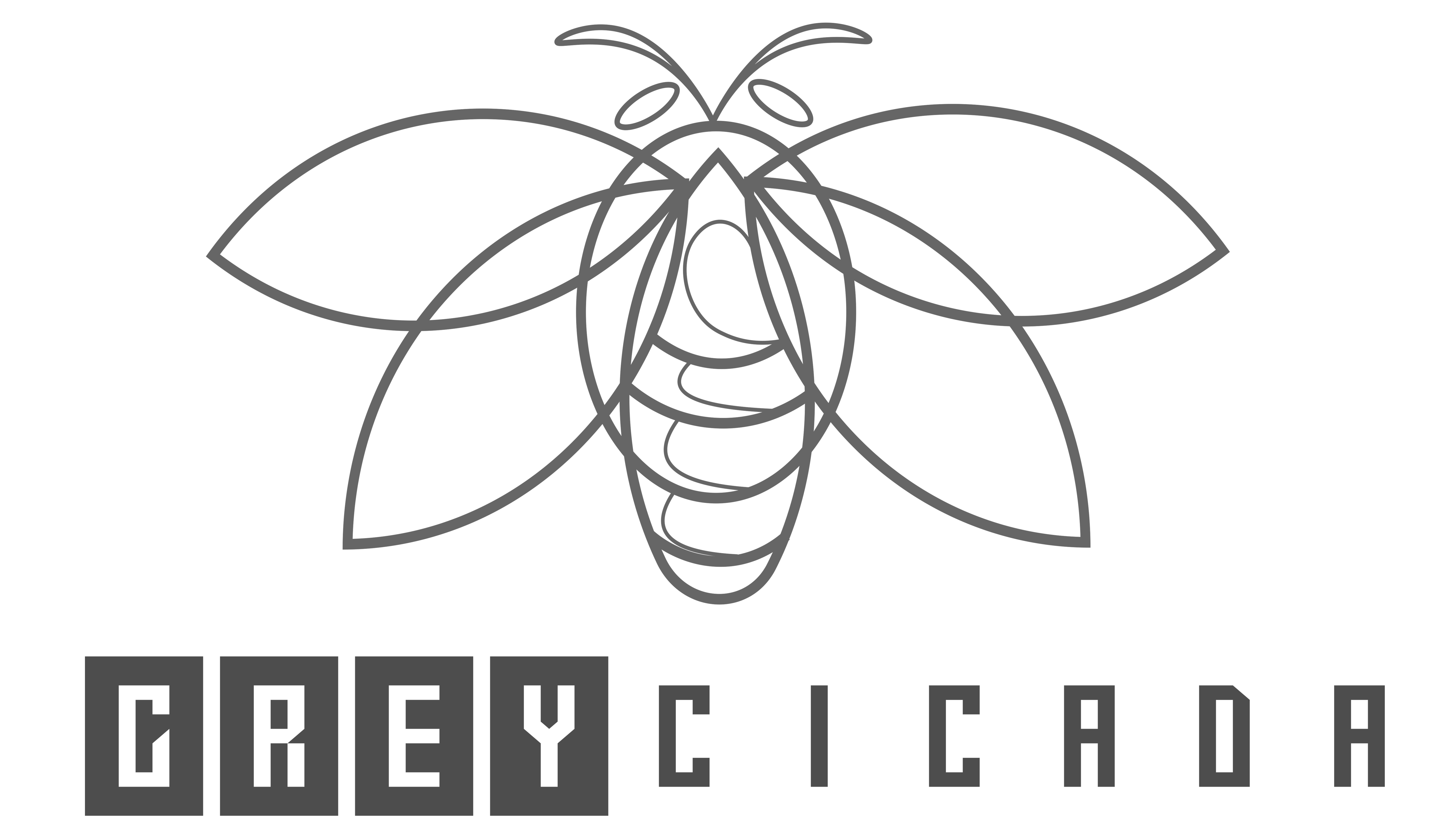FREE SHIPPING OVER $50
The Gut Health Game-Changers: 5 Foods That Outrank Sauerkraut for a Thriving Microbiome

When it comes to boosting your gut health, one food probably springs to mind almost immediately: sauerkraut. This humble fermented cabbage has certainly earned its reputation as a probiotic powerhouse, and for good reason! It’s a fantastic source of beneficial bacteria that can do wonders for your digestion.
But what if we told you that while sauerkraut is undeniably good, there are other gut health game-changers out there that might just outrank sauerkraut when it comes to fostering a truly thriving microbiome? We’re talking about foods that pack an even bigger punch, offer more diverse benefits, or simply provide a different, yet equally powerful, pathway to a happier, healthier gut.
Why Sauerkraut Is Good (But Not Always the Best)

Let’s give credit where credit is due. Sauerkraut, made from fermented cabbage, is a solid source of probiotics. The fermentation process introduces various strains of lactic acid bacteria that can contribute to a healthier gut. It’s often affordable, easy to find, and a good entry point into the world of fermented foods.
However, while sauerkraut offers valuable probiotics, it might not always provide the diversity or the specific types of beneficial compounds that other foods can deliver. Its probiotic profile, while good, can sometimes be less varied than other fermented foods, and it lacks some of the unique prebiotic fibers found elsewhere. Also, its sometimes high sodium content can be a consideration for some people, and not everyone loves the taste or texture for daily consumption.
This is where our gut health game-changers come in – offering a broader, deeper, or simply different approach to cultivating a truly thriving microbiome.
The Gut Health Game-Changers: 5 Foods That Outrank Sauerkraut for a Thriving Microbiome!
Prepare to meet your new allies in the quest for optimal gut health. These foods aren’t just good; they’re truly exceptional!
1. Kimchi: The Spicy Fermented Powerhouse
Kimchi is a staple in Korean cuisine, and it’s much more than just fermented cabbage (though cabbage is often a base). It typically includes a diverse array of vegetables like radish, carrots, and scallions, along with a complex spice paste featuring ginger, garlic, chili pepper, and often fish sauce or other umami ingredients.
- How it Outranks Sauerkraut: While both are fermented cabbage, kimchi often boasts a wider variety of beneficial bacteria strains due to its more diverse vegetable and spice profile. This greater diversity of ingredients also means a broader range of prebiotic fibers and plant compounds, providing a richer food source for your existing gut microbes. The garlic and ginger, for instance, have their own powerful antimicrobial and anti-inflammatory properties that further support gut balance.
- How to Enjoy: Add a spoonful of kimchi to rice bowls, stir-fries, eggs, or simply enjoy it as a vibrant side dish. Its bold flavor makes it a versatile ingredient.
2. Kefir (Dairy or Water): The Probiotic-Packed Drink
Kefir is a fermented milk (or water) drink that resembles a thin yogurt. It’s made by fermenting milk or sweetened water with kefir grains, which are symbiotic cultures of bacteria and yeasts.
- How it Outranks Sauerkraut: Kefir is often considered a probiotic powerhouse because it contains a significantly higher number and a much broader diversity of probiotic strains compared to most fermented vegetables like sauerkraut. Many kefir products contain 30 or more different types of bacteria and beneficial yeasts, whereas sauerkraut typically has a handful. This vast array of microbes offers a more comprehensive seeding of your gut microbiome. Water kefir is an excellent dairy-free alternative with similar benefits.
- How to Enjoy: Drink kefir on its own, blend it into smoothies, use it as a base for salad dressings, or pour it over granola.
3. Green Bananas (Resistant Starch): The Ultimate Prebiotic Fuel
You might be surprised to see green bananas on this list, as they aren’t fermented. However, they are incredibly rich in resistant starch, a type of fiber that literally resists digestion in your small intestine and travels to your large intestine, where it acts as a potent prebiotic.
- How it Outranks Sauerkraut: While sauerkraut introduces probiotics, green bananas feed and fertilize your existing beneficial gut bacteria, particularly those that produce butyrate, a short-chain fatty acid crucial for nourishing the cells lining your gut and reducing inflammation. This direct fueling of your existing beneficial microbes can be a more profound way to shift your microbiome towards health than simply adding new strains. Many diets are deficient in resistant starch, making this a critical addition.
- How to Enjoy: Use slightly green bananas in smoothies (the taste isn’t strong), or look for green banana flour to add to baking or shakes. You can also cook and cool potatoes or rice to increase their resistant starch content.
4. Chicory Root: A Prebiotic Powerhouse
Chicory root might sound obscure, but its inulin content makes it a gut health game-changer. Inulin is a highly fermentable prebiotic fiber that specifically fuels beneficial bacteria like Bifidobacteria and Lactobacilli.
- How it Outranks Sauerkraut: While sauerkraut has some prebiotic qualities, chicory root is almost pure inulin, making it one of the most concentrated sources of this specific, highly effective prebiotic fiber. This targeted feeding of key beneficial species can lead to a significant increase in their numbers, promoting a more balanced and thriving microbiome in a way that sauerkraut can’t match. It can lead to a more robust production of beneficial short-chain fatty acids.
- How to Enjoy: You can find roasted chicory root as a coffee substitute. Inulin powder (derived from chicory root) can be added to smoothies, yogurt, or oatmeal (start with a small amount to avoid gas).
5. Artichokes (Both Globe and Jerusalem): Diverse Prebiotic Superstars
Whether you love the familiar globe artichoke or the less common Jerusalem artichoke (also known as sunchoke), both are incredible sources of prebiotic fibers, particularly inulin and fructooligosaccharides (FOS).
- How it Outranks Sauerkraut: Like chicory root, artichokes are packed with specific prebiotic fibers that are highly effective at promoting the growth of a wide range of beneficial gut bacteria. Their complex fiber matrix provides a more diverse and sustained fuel source for your microbiome than the simpler fiber profile in sauerkraut, helping to cultivate a truly diverse and resilient gut ecosystem.
- How to Enjoy: Steam or roast globe artichokes and enjoy the tender leaves. Jerusalem artichokes can be roasted, mashed, or sliced raw into salads for a sweet, nutty crunch.
Making the Shift: Integrating These Gut Health Powerhouses
You don’t need to completely ditch sauerkraut – it’s still a good fermented food! But by consciously incorporating these 5 gut health game-changers into your regular diet, you actively diversify the nutrients and microbes supporting your inner ecosystem.
Start small, try one new food at a time, and pay attention to how your body responds. Whether it’s adding a spoonful of kimchi to your breakfast, blending kefir into a smoothie, or experimenting with green bananas, each step brings you closer to a more balanced, resilient, and thriving microbiome.
Related Articles
- Constipation Cure? This One Drink Guarantees You’ll Poop Before Breakfast (Dietitian Says!)
- Unlock Bone Broth’s FULL Power: Drink It At THIS Specific Time for a Healthy Gut, Better Sleep & Glowing Skin!
- Seniors’ “Youth Elixir”: 10 Irresistible Smoothies That MELT Belly Fat & Revive Digestion (Secret Recipes!)
- Beyond Dieting: Scientists Confirm Intermittent Fasting Transforms Your Brain & Gut for Lasting Weight Loss
- The “Cognitive Fiber” Secret: New Research Shows This Supplement SHARPENS Brains Over 60







